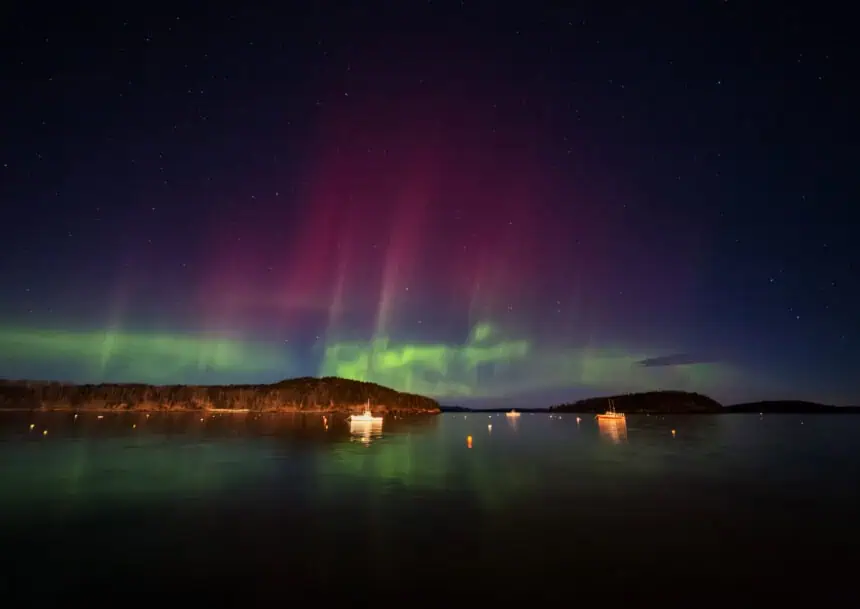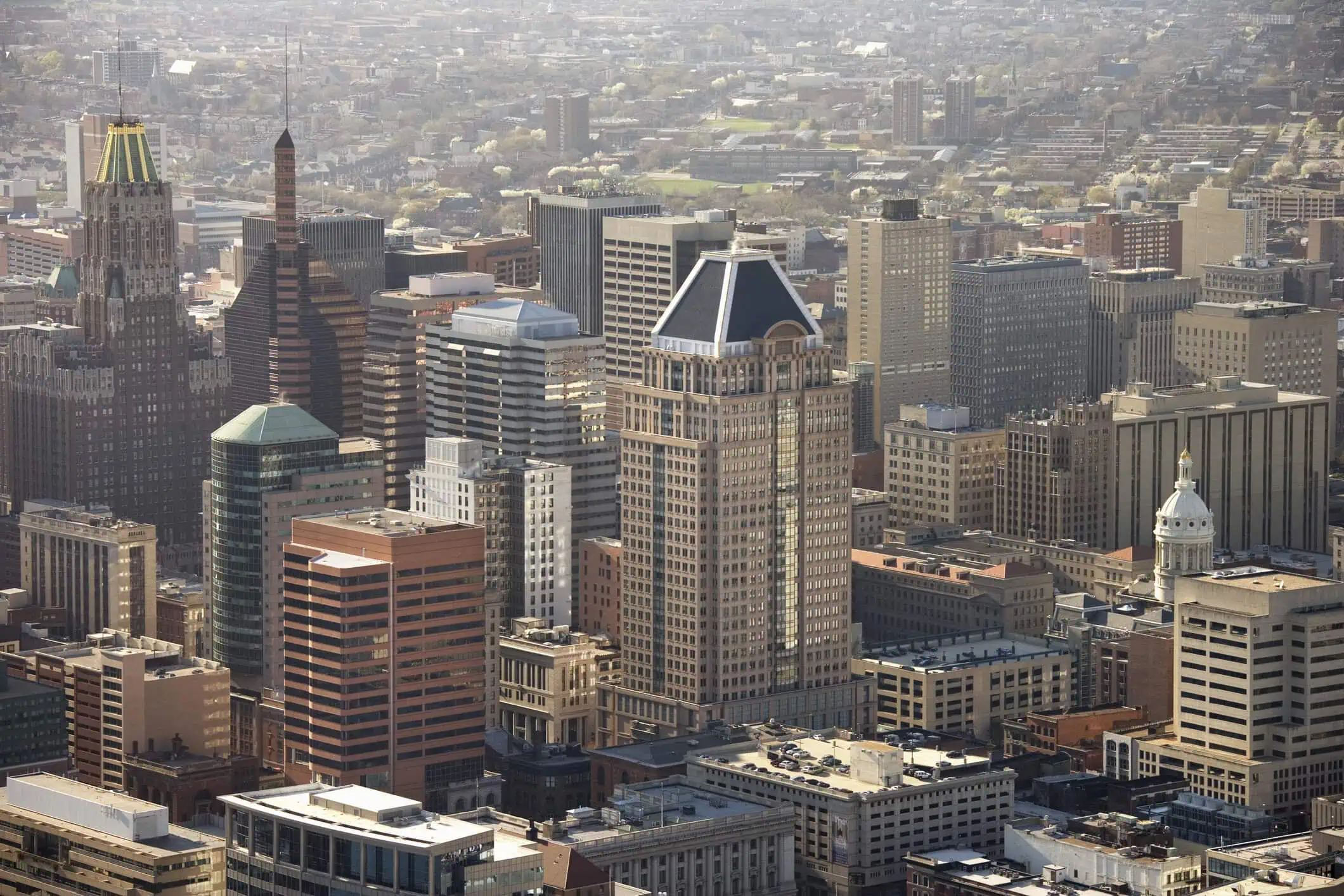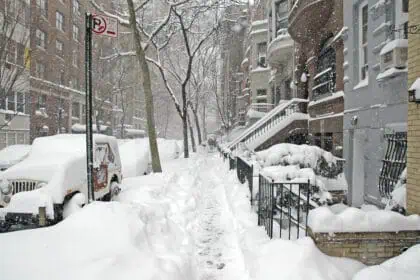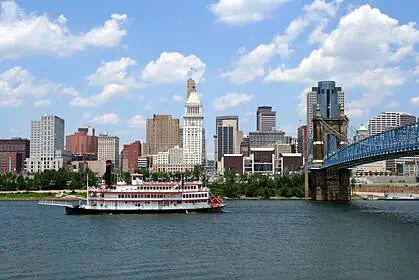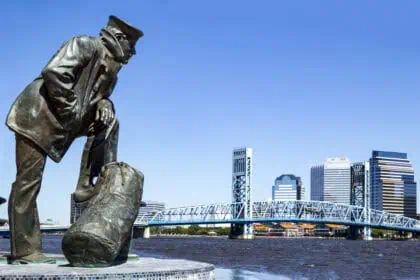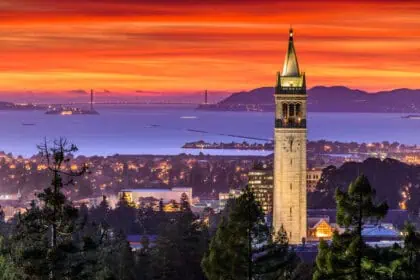New York, Sunday, June 23, 2025 — 8:00 p.m. EDT
The aurora borealis—also known as the northern lights—could once again illuminate the night skies across parts of the northern United States tonight, although the National Oceanic and Atmospheric Administration (NOAA) warns that the phenomenon will be confined to select northern states near the Canadian border.
What to expect from tonight’s aurora activity
Although no major geomagnetic storms or intense solar wind bursts are forecast to reach Earth’s magnetic field this evening, NOAA projects a Kp index peaking at 3 on a 0–9 scale, which is still sufficient to produce faint auroras under dark skies in northern latitudes.
Skywatchers in eight U.S. states have a chance to catch a glimpse of the northern lights, especially in regions closer to the Canadian border. According to the latest forecast, the aurora could be visible in northern parts of Washington, Idaho, Montana, Minnesota, Wisconsin, and Michigan, as well as across much of North Dakota and most of Alaska. Meanwhile, much of Canada is also likely to experience enhanced visibility conditions.
Best time to view the northern lights
NOAA recommends looking skyward between 10:00 p.m. and 2:00 a.m. local time, when geomagnetic activity is typically strongest and sky darkness at its peak. Observers should move far from urban lights and seek locations with minimal atmospheric haze. However, due to extended daylight around the June solstice, conditions for viewing from high northern latitudes—such as in Alaska—may be more challenging.
Tonight’s space weather outlook
There is a slight possibility of minor solar radiation events or radio blackouts, though forecasters confirm no such incidents were observed in the past 24 hours. The current auroral activity is relatively calm compared to the intense Gannon Storm of May 2024, which pushed the aurora as far south as Florida, after powerful coronal mass ejections erupted from a sunspot cluster on the solar surface.
Tips for capturing the aurora
While DSLR cameras remain the gold standard for astrophotography, modern smartphones are increasingly capable of capturing the subtle greens and purples of the aurora. Experts suggest using a wide-angle lens, setting exposure manually, and—most importantly—using a tripod to keep the camera perfectly steady during long-exposure shots. A lens optimized for low-light photography can help bring out more detail in the night sky.
Stay alert tonight across the northern skies of the United States, particularly in Montana, Minnesota, and North Dakota, where conditions may be just right for a brief but magical glimpse of the northern lights.

